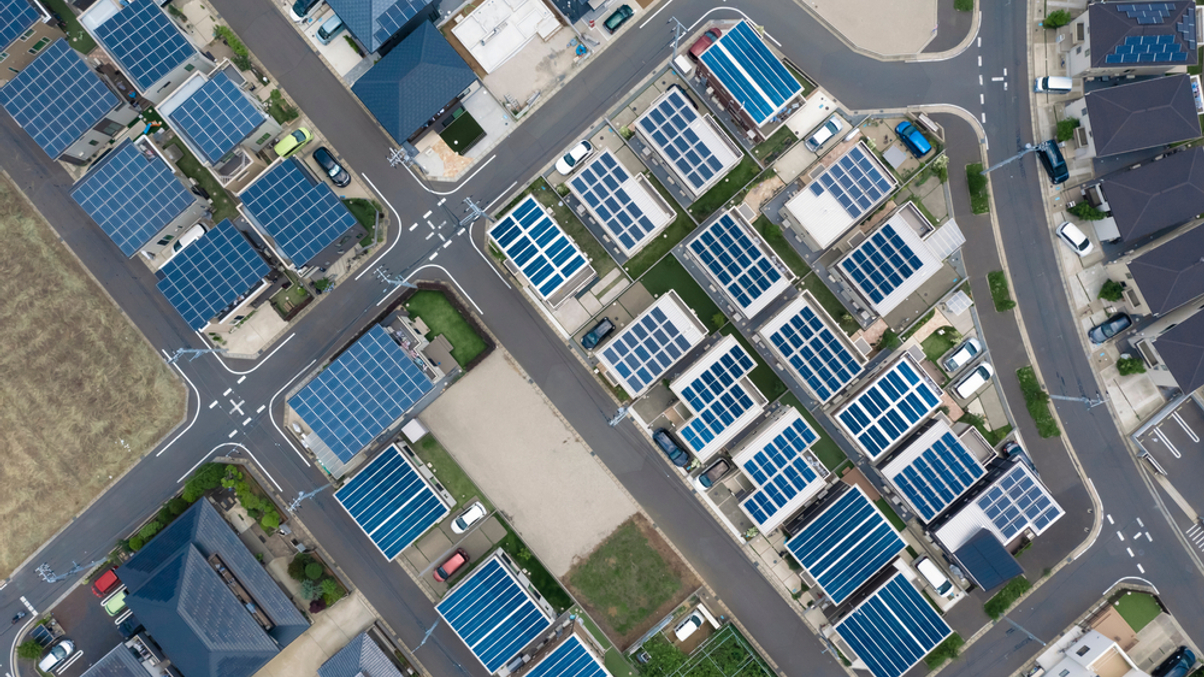Allianz executive says property sector failing on ESG
Stakeholders across the global industry are failing in their responsibilities, says property investor Allianz Real Estate’s chief sustainability officer.

One of Asia’s leading property investors has criticized participants across global property markets, including regulators, for the slow pace of improvements around ESG.
Sign in to read on!
Registered users get 2 free articles in 30 days.
Subscribers have full unlimited access to AsianInvestor
Not signed up? New users get 2 free articles per month, plus a 7-day unlimited free trial.
¬ Haymarket Media Limited. All rights reserved.


